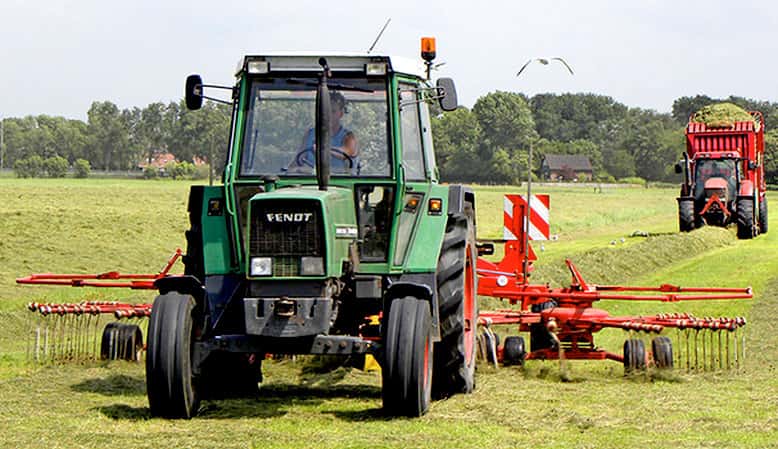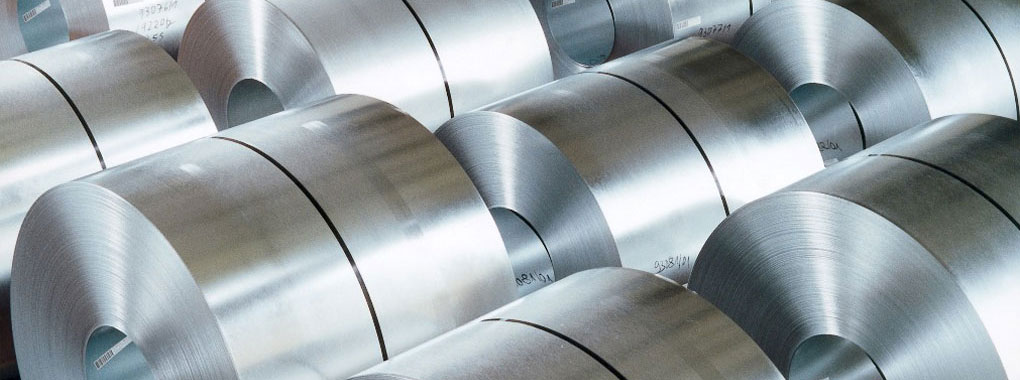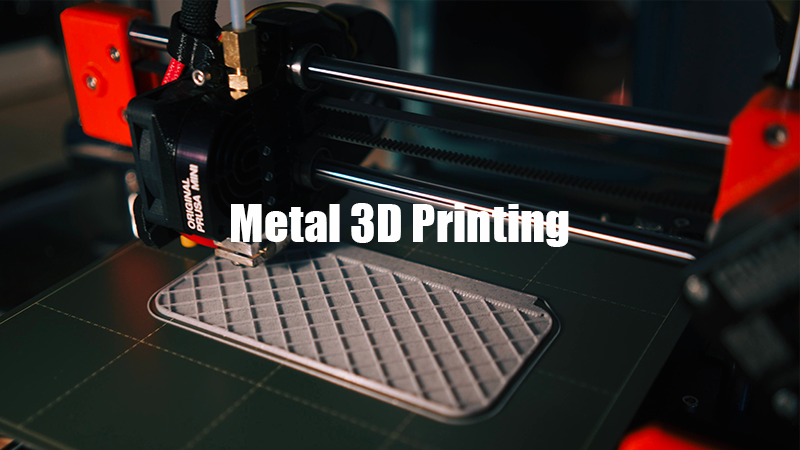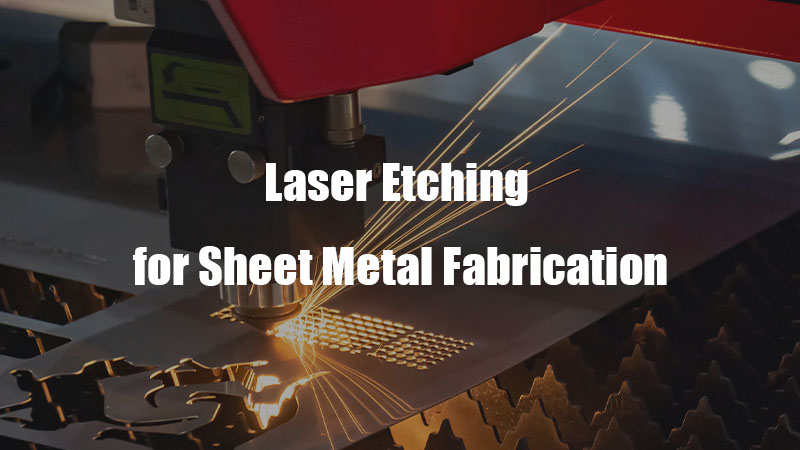Galvanized steel is a popular material that’s versatile, durable and price-effective, making it ideal for use in both commercial and residential settings.
But what is galvanized steel? In this article, we’ll explore the process of galvanization, and look at its properties and benefits.
By understanding galvanized steel, you’ll be able to select the right metal for your project depending on your specific requirements.
Galvanization Process!

Figure 1 – Galvanization Process
Galvanization involves two primary processes, hot-dip galvanizing and electro-galvanizing, which coat metal with an alloy to protect its surface from corrosion.
There is also a continuous galvanizing process which offers added protection against corrosion.
§ Hot-Dip Galvanizing
Coating steel or iron with zinc at temperatures up to 860°F (460°C) helps protect them from rust and degradation, whereby high temperature is the best way of achieving this.
§ Electro-Galvanization
Electro-galvanizing uses electrical current to coat the surface of a metal in molten zinc, providing superior corrosion protection.
However, results are less predictable, but they take longer than hot-dip galvanizing.
Because it relies on electrolytic reactions between anodes and cathodes submerged in the bath, electroplating is a popular method of plating metals.
§ Continuous Galvanization
Continuous galvanization process is mostly used to coat thin metals that include aluminum or steel sheets. Also, it uses a hot-dip zinc alloy coating.
| Process | Method | Temperature | Advantages | Disadvantages |
| Hot-dip Galvanizing | Soaking in molten zinc | Up to 860°F (460°C) | Strong bond, high corrosion protection | Not suitable for thin metals |
| Electro-Galvanizing | Electrical current | Ambient temperature | Superior corrosion protection | Less predictable, slower process |
| Continuous Galvanizing | Hot-dip zinc alloy coating | Varies | Ideal for thin metals, added durability | Limited to continuous sheet-like materials |
Galvanization Process Comparison
Advantages Of Galvanized Steel!

Figure 2 – Corrosion-Resistant Galvanized Metals
Galvanized steel is a metal with countless benefits, and known for its corrosion resistance, durability, and strength. Not to mention, it is price-efficient and has aesthetic appeal, but requires low maintenance.
Once galvanizing is completed correctly, it lasts for most of its life while being sustainable and versatile.
Here are the benefits it provides.
§ Corrosion Resistance
Galvanization is the process of coating steel with zinc, and submerged in molten hot liquid. When cooled, it provides a barrier against corrosion.
Barrier prevents oxygen from contacting the steel that acts as a shield and prevents rust from forming.
§ Longevity and Robustness
Galvanized steel is held to stringent quality requirements, and undergoes manufacturing assessments employing methods such as cold rolling and hot-dipping.
Combining steel with zinc has proven advantageous in reinforcing the material and enhancing its resilience.
By adding to the strength of a material, its potential brittleness is eliminated and thus making it suitable for use in many applications.
§ Cost Efficiency
KDMFab presents unmatched value with its galvanized steel offerings.
Such products boast minimal production expenses and extended service life, making them one of the most economically viable options available.
Additionally, they deliver outstanding performance throughout their lifespan, translating to substantial savings in both time and resources.
§ Aesthetics
Galvanized steel has an aesthetic finish. Its shiny exterior layer scatters light in various directions, providing a visually striking appearance. Sturdy material offered in numerous styles and forms allows you to choose the ideal product that aligns with your design requirements.
§ Minimal Maintenance
Steel coated with zinc forms a durable barrier that withstands the test of time. By safeguarding against weather damage and wears from regular use, it results in decreased costs related to replacement and maintenance.
Given the appropriate thickness of galvanized metal items, they can endure for an extended period. Basic cleaning techniques are all that’s needed to preserve their exceptional quality and longevity.
§ Durable
Galvanized steel is durable. New or used pieces can be welded together.
Due to corrosion resistance, they form unique structures that last for years and decades, experiencing minimal degradation even in extreme conditions.
§ Sustainability
Galvanized steel is 100% recyclable and sustainable that lasts for years with little maintenance or replacement.
If replaced or recycled, manufacturing chemicals are easily recovered. and can be reused in new pieces without harming the environment.
§ Versatility
Any project requiring metal parts will benefit from galvanization, and is suitable for decorative and structural applications.
Needless to say, it can be formed in elaborate shapes while retaining its strength as well as adds a visually appealing finish as a bonus.
Applications!

Figure 3 – Galvanized Steel for Agricultural Equipment
Recent technological advancements have made the steel popular due to its ability to protect from corrosion and rust, as well perform well in harsh environments, having many applications across industries. Below are some common applications:
§ Construction Industry
Galvanized steel is found in buildings, bridges, walkways, and other construction industry applications. Its rust resistance makes it great for roofing sheets.
Also, it is used for ceiling grids and pipes. Such pipes transport electricity, gas, and water.
Galvanized steel is used for window frames too because it is lightweight and provides support without adding weight or volume.
§ Automotive Industry
Galvanized steel has advantages in the automotive industry as it is durable and resists corrosion. Vehicle components made of galvanized steel include engines, radiators, and mufflers.
Exhaust systems are also made of this metal, which protects against rust and maintains an attractive appearance while ensuring a longer product lifespan.
§ Agriculture Industry
Galvanized steel has many uses in agriculture. Fences made of this material protect from predators to keep livestock in pens or enclosures.
While they provide support during strong winds without needing maintenance, this unique steel is also used for water tanks, irrigation systems, and agricultural trolleys.
§ Other Industries
Galvanized steel is essential in the telecommunications industry to make antennas and towers for support during adverse conditions.
Widely used in the logging industry, it cuts down on rusting blades when cutting logs and is also utilized for making robust structures like log cabin frames.
- Galvanized steel for outdoor use
- Galvanized steel raised garden bed
- Galvanized steel tub
Types Of Galvanized Steel!

Figure 4 – Zinc-Coated
Types of galvanized steel have evolved to offer benefits for different applications because they provide essential protection against corrosion. Also, this ensures longevity in diverse industries.
§ Zinc-Coated Galvanized Steel
Zinc-coated galvanized steel is also known as hot-dip steel, and is one of the most common and well-known types.
Such steel offers exceptional corrosion resistance and durability to create a thick, protective zinc layer.
Zinc-coated steel provides outstanding resistance to corrosion, and also enhances the steel’s overall appearance and performance in many applications.
Industries like construction, automotive, and agriculture rely on this type of steel because it has proven efficacy and long-lasting results.
§ Galvannealed Steel
Galvannealed steel is another prominent type created through a specialized process that combines galvanization with annealing.
Yielding a unique product with distinct characteristics, the zinc-coating process involves heating which forms a matte gray, iron-zinc layer providing exceptional corrosion resistance.
Can you paint galvanized steel? Ideal for applications requiring a high-quality painting finish, it also offers improved paintability and adhesion.
Examples include automotive body panels, appliances, and other consumer goods.
§ Electro-Galvanized Steel
Electro-galvanized steel is also known as electroplated steel or EG steel, and coated with zinc through electric current.
Electrochemical technique does not provide the same corrosion resistance as hot-dip steel.
However, it delivers a smoother and more uniform finish, and even desirable in applications where precision and aesthetics are crucial.
Electro-galvanized steel is often used in industries such as electronics, automotive components, and precision metal fabrication. Its fine surface quality and controlled thickness are critical for optimal results.
§ Other Types
Other types of galvanized steel play a vital role in specialized applications and niche markets.
Combining the properties of both zinc and aluminum, this type of steel which is commonly used in roofing and siding applications offers enhanced corrosion protection.
Builders and homeowners alike prefer zinc-nickel-coated steel due to its outstanding weather resistance and low maintenance requirements, which is why it’s gaining traction.
Due to improved performance characteristics, such as corrosion resistance and compatibility with advanced manufacturing processes, have been achieved.
Various types of galvanized steel are available today that offer a broad spectrum of advantages for a diverse range of applications and industries.
More specialized electro-galvanized and galvannealed or galvanized corrugated steel variants prioritize surface quality and finish. There is a galvanized steel solution for virtually every need.
| Galvanized Steels | Coating Process | Key Characteristics | Common Applications | Corrosion Resistance |
| Zinc-Coated (Hot-Dip) | Dipping in molten zinc bath | Thick, protective zinc layer | Construction, automotive, agriculture | High |
| Galvannealed | Galvanization + Annealing | Matte gray, iron-zinc layer | Automotive body panels, appliances | High |
| Electro-galvanized | Electrochemical deposition | Smoother, uniform finish | Electronics, automotive components, metal fabrication | Moderate |
| Galfan (Zinc-Aluminum) | Combination of zinc and aluminum | Enhanced corrosion protection | Roofing, siding | High |
| Zinc-Nickel Coated | Combination of zinc and nickel | Improved performance, compatibility with manufacturing processes | Emerging technology, advanced manufacturing processes | High |
Comparison of Galvanized Steel Types
Maintenance And Care For Galvanized Steel!

Figure 5 – Galvanized Steel Maintenance
Maintaining galvanized steel is vital for longevity and optimal performance. You need to take care of it to maintain its properties.
§ Understand the Properties
Galvanization is a process where a layer of zinc is applied to steel to provide it with protection. How to protect galvanized steel from rusting? On the other hand, this layer protects it from corrosion and rust, and makes it highly durable and damage-resistant.
§ Keep Galvanized Steel Clean
Cleanliness is crucial for the protective coating. Clean with water and detergent to remove dirt, debris, and pollutants that could harm the coating. Harsh chemicals can scratch or strip the coating.
§ Inspect For Damage Or Corrosion Regularly
Inspect regularly to identify damage or corrosion. Scratches, chips, or dents in the coating can expose the steel, and lead to rust and deterioration. Address damage promptly to prevent further corrosion.
§ Touch Up The Coating When Needed
Use high-quality zinc-rich paint for touch-ups. Ensure it is compatible with galvanized steel to ensure proper adhesion and corrosion protection. Follow the manufacturer’s instructions for touch-up paint.
§ Avoid Damaging The Coating
Avoid scratching the zinc coating, which can be challenging in high-traffic areas or during handling.
Taking care to prevent scratches helps maintain the coating’s integrity.
§ Keep Galvanized Steel Away From Other Metals
Avoid contact with other metals to prevent galvanic corrosion. An electrical current can form between dissimilar metals, accelerating corrosion. Avoid storing galvanized steel with other metals or using them in close proximity.
§ Store Properly To Prevent Corrosion
Proper storage is essential for preventing corrosion. You need to store in a dry, protected area away from moisture and corrosive substances. If stored outside, use a cover or tarp to protect it from the elements.
§ Follow Proper Welding Techniques
Can you weld galvanized steel? Welding galvanized steel requires proper techniques and should be done by qualified professionals with experience as welding can damage the zinc coating at high temperatures.
Galvanized steel is a durable, long-lasting material. Proper maintenance and care are essential.
To ensure its longevity, regular cleaning is important. Inspection and touch-ups are also necessary. Careful handling and storage can help too.
Is Galvanized Steel Magnetic?
Yes, hot-dipped galvanized steel is magnetic.
Conclusion
Galvanized steel is important in different industries. Knowing its benefits and applications is essential in selecting the most suitable material for your project. You may need strong and corrosion-resistant material for various uses.
Such uses include construction, automotive components, and agricultural equipment. There is a type of galvanized steel that meets your needs.
At KdmFab, you will find many cost-effective galvanized steel products catering to various industries and applications, which necessitates a thorough understanding of the process.
As a manufacturer, you need to understand the use of galvanized steel in order to make informed decisions and choose the right material for your project.
By following proper maintenance and care practices, one can ensure the success and longevity of their galvanized steel products while also maximizing its life and performance.
By doing so, you can enjoy the benefits for years to come.




